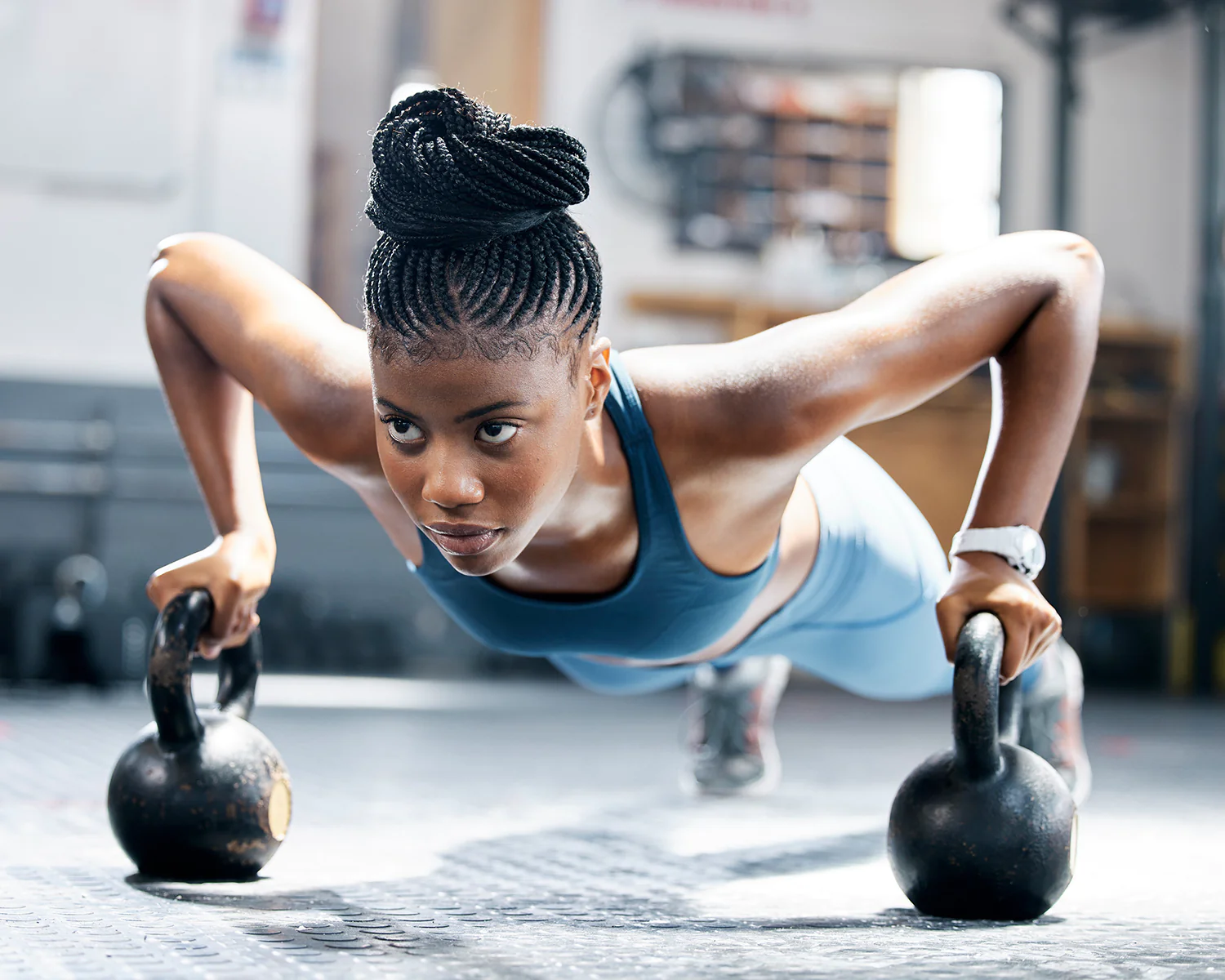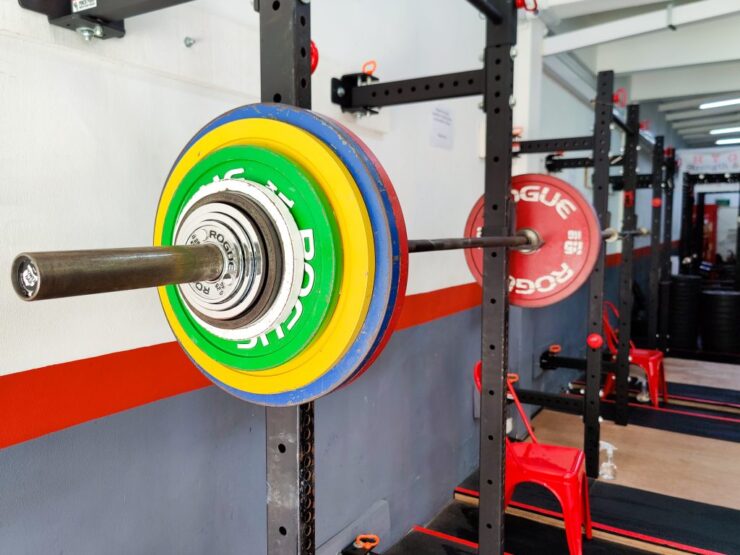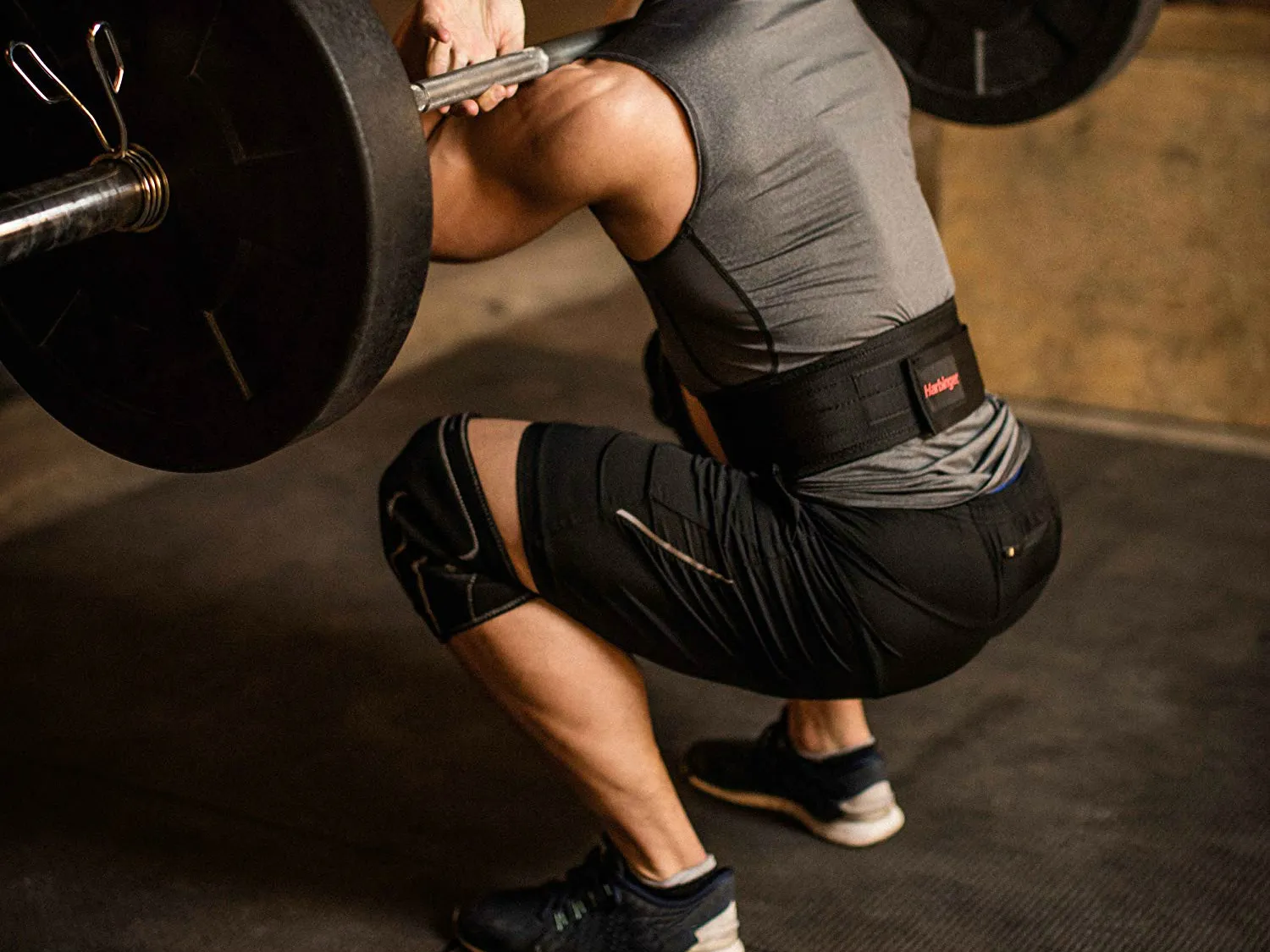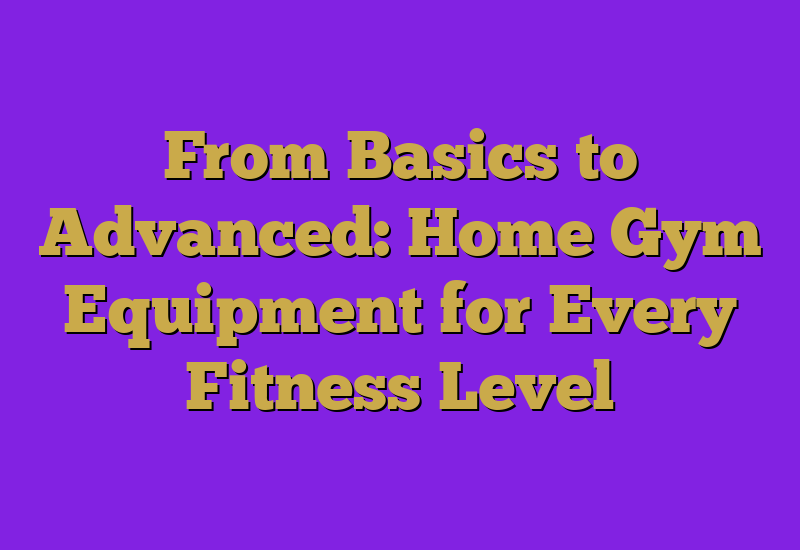Creating a home gym tailored to your fitness level is an empowering journey. Whether you’re a beginner looking to kickstart your fitness journey or an experienced lifter aiming to elevate your workouts, having the right equipment is crucial. In this comprehensive guide, we’ll explore a range of home gym equipment from basic essentials to advanced tools, catering to every fitness level. Plus, we’ll delve into the benefits and usage of one of the key home gym accessories: the lifting belt.

Basic Essentials:
Exercise Mat: A foundational piece for any home gym, an exercise mat provides cushioning and support for various floor exercises like yoga, Pilates, or bodyweight workouts. It creates a comfortable surface for stretching, core exercises, and cooldowns, enhancing your overall workout experience. Look for a durable, non-slip mat that is easy to clean and maintain.
Resistance Bands: Versatile and compact, resistance bands offer adjustable resistance for strength training, stretching, and rehabilitation exercises. They’re perfect for beginners and advanced lifters alike, providing a challenging workout without the need for bulky equipment. With different levels of resistance, you can gradually increase the intensity of your workouts as you progress. Incorporate resistance bands into your routine for added variety and muscle engagement.
Dumbbells: Ideal for strength training, dumbbells come in various weights to suit different fitness levels. They’re essential for exercises like bicep curls, shoulder presses, and lunges, targeting specific muscle groups for toning and definition. Invest in a set of adjustable dumbbells or individual pairs to accommodate your strength and fitness goals. With proper form and technique, dumbbells can help you build muscle mass, increase strength, and improve overall fitness.
Intermediate Upgrades:
Kettlebells: Adding kettlebells to your home gym introduces dynamic, full-body movements like swings, snatches, and Turkish get-ups. They improve strength, power, and cardiovascular endurance while engaging multiple muscle groups simultaneously. Kettlebell workouts are highly efficient, offering a total-body workout in minimal time. Start with a moderate weight and gradually increase as you build strength and proficiency in your movements.
Adjustable Bench: A versatile addition, an adjustable bench enables a wide range of exercises, including bench presses, step-ups, and tricep dips. Look for one that offers multiple incline levels for added versatility in your workouts. An adjustable bench provides stability and support during strength training exercises, allowing you to target different muscle groups effectively. It’s an essential piece of equipment for building upper body strength and improving overall fitness.
Pull-Up Bar: Strengthen your upper body with a pull-up bar. It’s perfect for pull-ups, chin-ups, and hanging leg raises, targeting the back, biceps, and core muscles. Installing a pull-up bar in your home gym offers a convenient way to incorporate bodyweight exercises into your routine. Start with assisted variations if necessary and gradually progress to unassisted pull-ups as you build strength and confidence. A pull-up bar is a versatile tool for improving upper body strength, endurance, and functional fitness.

Advanced Equipment:
Barbell and Plates: A barbell and weight plates are essential for serious strength training. Perform exercises like squats, deadlifts, and bench presses to build muscle mass and improve overall strength. Invest in a quality barbell that can handle heavy loads and durable weight plates that offer incremental adjustments. Barbell training provides a highly effective way to increase muscle size, strength, and power, making it a staple in any advanced home gym.
Power Rack: Invest in a power rack for safety and versatility during heavy lifting. It provides adjustable safety catches and spotting arms, allowing you to lift heavier weights with confidence. A power rack offers a secure environment for exercises like squats, bench presses, and overhead presses, minimising the risk of injury. Look for a sturdy, well-built power rack with ample space for movement and attachments for added functionality.
Cardio Equipment: Consider adding cardio machines like treadmills, ellipticals, or rowing machines for cardiovascular health and endurance training. They complement strength training and offer diverse workout options to keep your routine engaging and challenging. Choose a cardio machine that aligns with your fitness goals and preferences, whether it’s high-intensity interval training (HIIT), steady-state cardio, or low-impact workouts. Incorporating cardio equipment into your home gym allows you to effectively improve cardiovascular fitness, burn calories, and enhance overall health.
Understanding the Lifting Belt:
A lifting belt is a supportive accessory worn around the waist during weightlifting exercises. It provides stability and reduces stress on the lower back and core muscles, enhancing performance and safety. Here’s how it works:
Stability: A lifting belt increases intra-abdominal pressure, stabilising the spine and core during heavy lifts. This reduces the risk of injury and allows you to lift heavier weights safely.
Feedback: Wearing a lifting belt provides tactile feedback, reminding you to engage your core muscles properly. It promotes better lifting mechanics and posture, preventing excessive arching or rounding of the spine.
Performance Enhancement: Studies have shown that wearing a lifting belt can lead to increased strength and power output during lifts. By providing external support, it allows you to focus on generating force without worrying about spinal stability.
Usage Guidelines: While a lifting belt can be beneficial, it’s essential to use it correctly. Only wear a belt when lifting heavy loads (typically above 85% of your one-repetition maximum) and during exercises where spinal stability is crucial, such as squats and deadlifts. Avoid relying solely on the belt and continue to strengthen your core muscles through targeted exercises.

Conclusion:
Building a home gym tailored to your fitness level is a rewarding investment in your health and well-being. From basic essentials to advanced equipment, there are options to suit every goal and preference. Remember to prioritise safety and proper technique in your workouts, and consider incorporating accessories like a lifting belt to enhance performance and reduce the risk of injury. By having the right equipment and mindset, you can achieve your fitness goals from the comfort of your own home.



